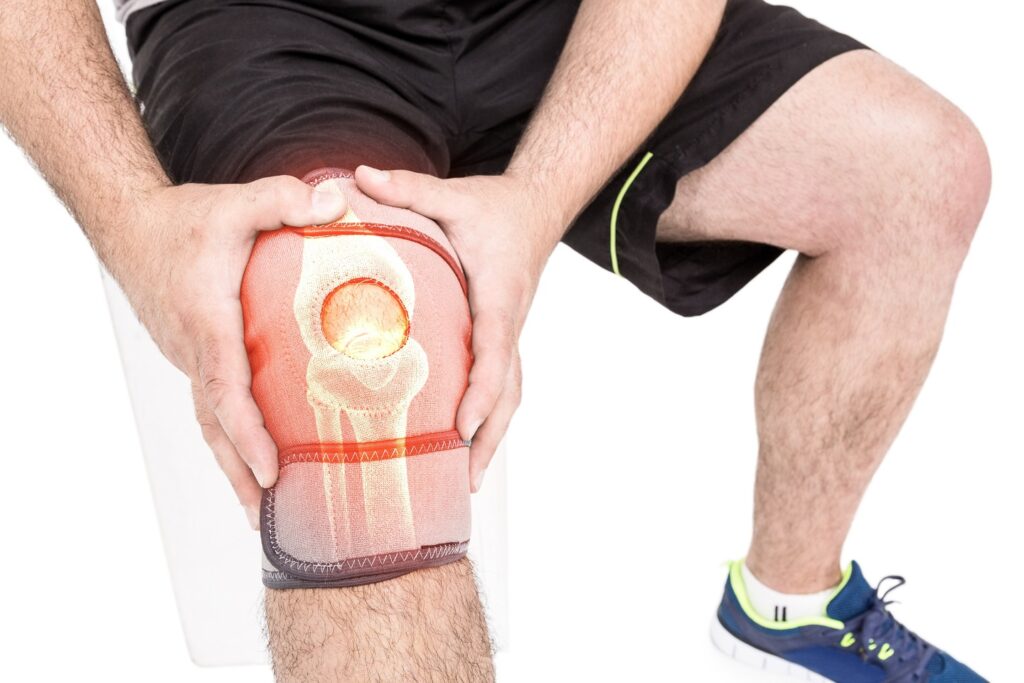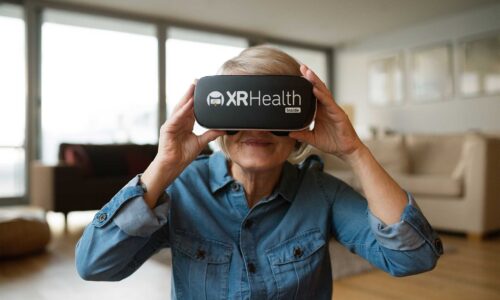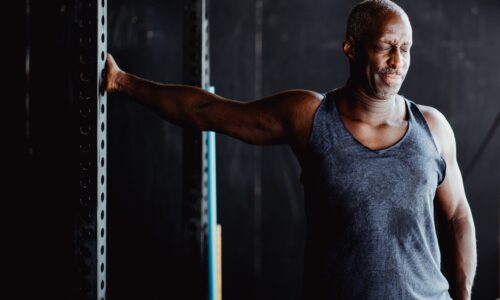Why Does My Knee Hurt?
Knee pain can be very restricting and frustrating as it can irritate us while we are going about our daily lives. You may be sitting at work and notice a sharp knee pain when you go to stand up, or perhaps you are going up some stairs to enter the shops and your knee is aching with every step up.
Sitting, walking, running, and even sleeping are all activities where you may notice your knee pain. Given we do all these activities every day of our lives, it is important to address the knee pain sooner rather than later.
Most knee injuries can be classified as a gradual onset injury or an acute trauma injury. Knee injuries that fall into the gradual onset category are injuries in which there is no clearly defined event that may have caused the knee pain. For example, you may have started a new running program and after a few weeks, start to notice a gradual knee pain upon walking. In comparison, the acute trauma category are injuries in which there is a clearly defined event, such as having a fall or twisting your knee while running.
Knee Injuries with a Gradual Onset
As mentioned, these injuries come on gradually and may be unnoticed at first as they eventuate over time. These are the injuries that often leave you scratching your head wondering “why does my knee hurt?”
Over the last year, with the closure of gyms and other fitness options, more and more people have been getting into running as a form of exercise. Some runners have also been known to increase their training load too quickly or running with poor technique. This has resulted in excessive load through the knee which means some structures flared up as they were struggling to cope with the load.
This may result in one or more of the following:
- Overactive or underactive muscles
- Tight muscles or soft tissues
- Inflammation
- Pain around the knee
- Irritated tendons
All of this can change the way that you walk involuntarily as you may change your walking style to avoid pain or out of comfort.
Additionally, as certain structures may be tight or weak, it can influence how the kneecap moves when you bend your leg. Over time, this can worsen your knee pain as it may constantly be irritated from these incorrect movements.
Your physiotherapist might refer to one of the following injuries that fall under this category:
- Patellofemoral pain syndrome
- Patella tendinopathy
- Osteoarthritis
- Prepatellar bursitis
Knee Injuries of an Acute Nature
These injuries are more noticeable as there is an event that you can usually remember that caused them. For example, you may have twisted your knee in a pothole while walking, or fallen on your knees while gardening.
At the time of the injury, you may have heard a sound such as a ‘pop’ or ‘crunch’ in your knee. Following the injury, you may notice immediate swelling, difficulty bending and straightening your leg, and you may have trouble putting your weight through your leg.
Depending on how the injury occurred, your knee may feel weak and unstable, potentially giving way while putting your weight through the leg or walking.
A few examples of acute knee injuries that you may have heard before:
- ACL / MCL / PCL sprain
- Meniscus tear
- Kneecap subluxation or dislocation
- Knee fractures
- Fat pad impingement
How do you treat knee pain?
Diagnosing and treating a knee isn’t always black and white, so if you do find that you’re asking “Why does my knee hurt?”, it’s important to book in with your qualified XRHealth physiotherapist to appropriately assess and diagnose your injury to determine a suitable management plan specific to you.
Your physiotherapist will provide education on how to go about managing the injury initially and will inform you if any further investigation is necessary. You will receive a tailored exercise program with knee specific exercises to target any imbalances and to strengthen the muscles surrounding the joint.
Your exercise program will be designed to fit your specific goals, whether that be getting you back to sport or being able to stand from your chair pain-free.












